Stigmata are bodily wounds, scars and pain which appear on the human body without any known source. These wounds are said to correspond to the crucifixion wounds of Jesus Christ. Body parts such as the hands, wrists, feet, near the heart, and the head are often damaged without apparent cause. Only the deeply religious are said to be able to receive the Stigmata and over time, women have been involved in an overwhelming majority of the cases, comprising around 90 percent of the 250 alleged recorded cases. The stigmata is said to be both cumbersome and painful and to occur most of the time alongside some form of religious visions or other religious gifts. Still, stigmatics and people of faith view this affliction as a blessing, not a curse.
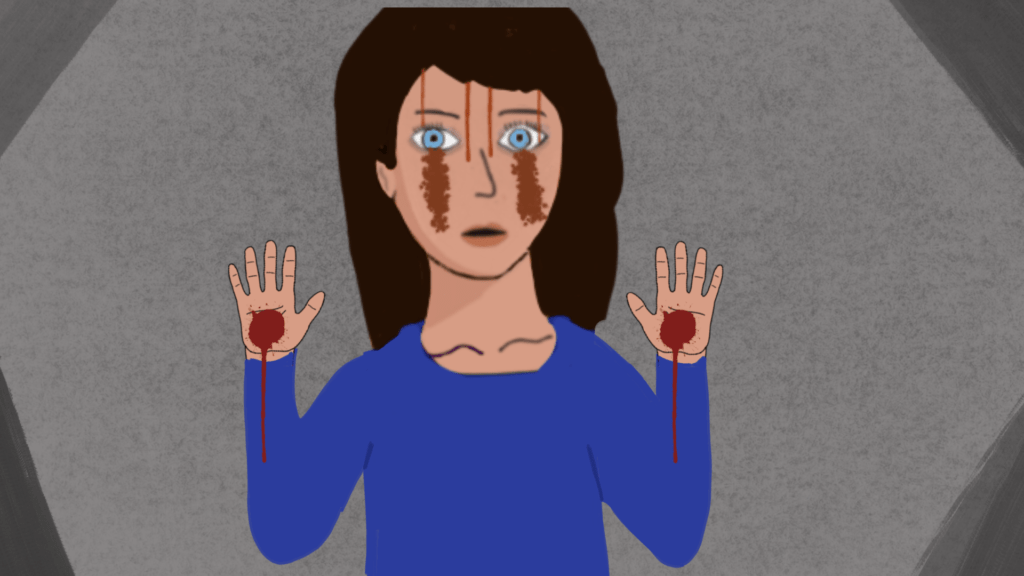
While there have been hundreds of cases of stigmatics in history, perhaps one of the most well-known and controversial today is the last person to perhaps receive the Stigmata, an Italian man known as Francesco Forgione (1887-1968), or better known as Padre Pio.
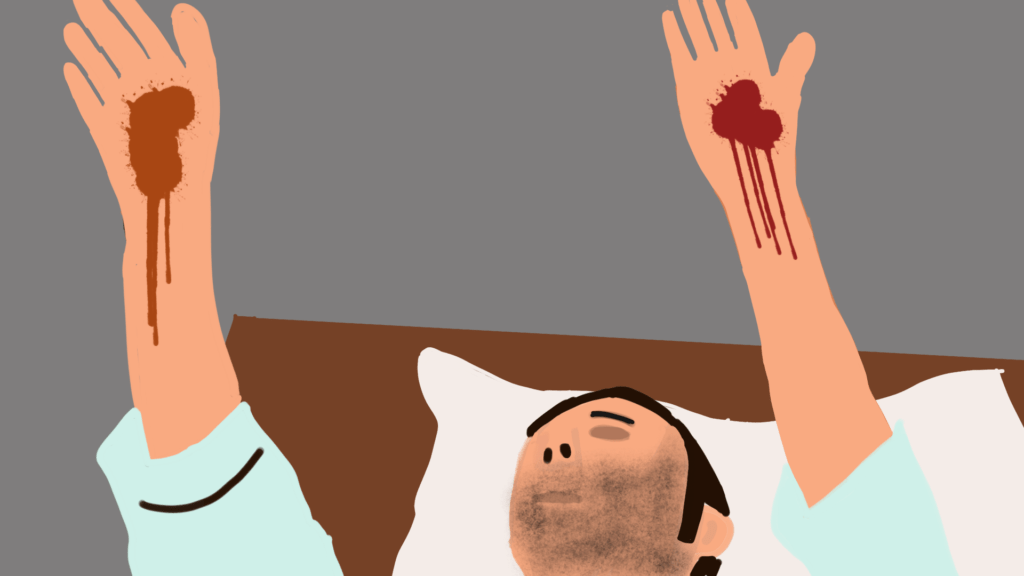
In this post we will briefly examine Padre Pio, his religious gifts as well as why some believe he faked them.
Francesco Forgione, or Padre Pio, was born on May 25, 1887, in Southern Italy to a small farming family. Pio’s visions would begin as a young boy as he spent his childhood learning the bible and helping on the farm. He knew from an early age he wanted to dedicate his life to God and after expressing his desire to enter the priesthood, his father would work extra to ensure Francesco could get private tutoring in order to pass the academic requirements for his school. In 1903 Francesco entered the priesthood and two years later at the age of 17 he would begin experiencing things. He was frequently sick, with vomiting, exhaustion and migraines. Many believe that during this time, this is when the strange phenomena really began. One of Pio’s fellow friars alleged that he saw him praying and levitating while doing so. Despite his health issues, Padre Pio finished training and was ordained in 1910.
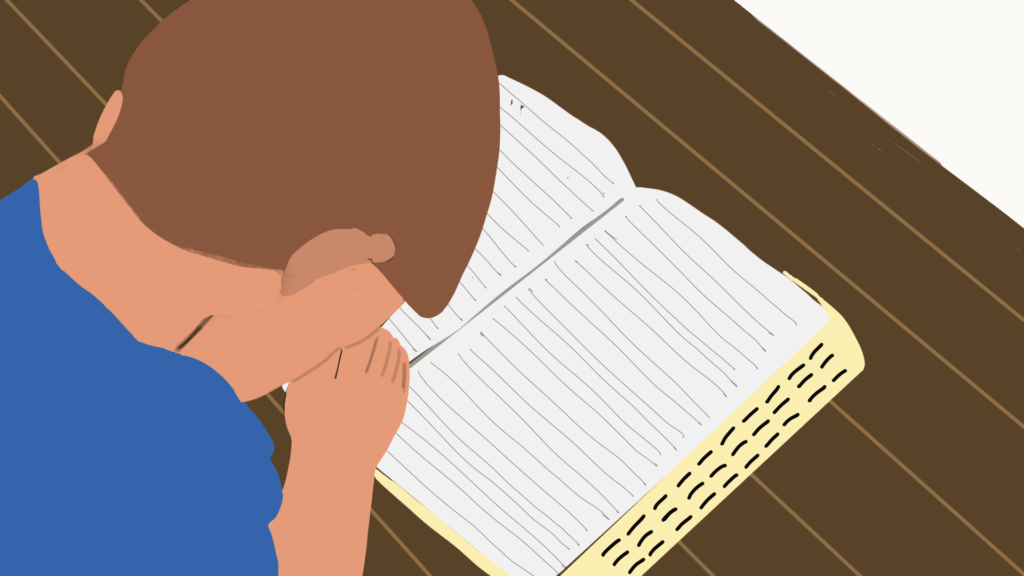
That year, Padre Pio first began noticing red wounds appearing on his hands and the strange phenomena progressed until he experienced full stigmata in 1918 as he prayed in front of a crucifix in his monastery’s chapel. Pio himself preferred to keep the stigmata private, often wearing gloves, but in 1919 word spread and people flocked to his community, the region of San Giovanni Rotondo, attracting hundreds of believers. It is said that blood from his stigmata wounds, smelled heavenly as well, like perfume. Although he would be affected by the stigmata up until his death 50 years later, it is said Padre Pio was blessed with several other gifts as well.
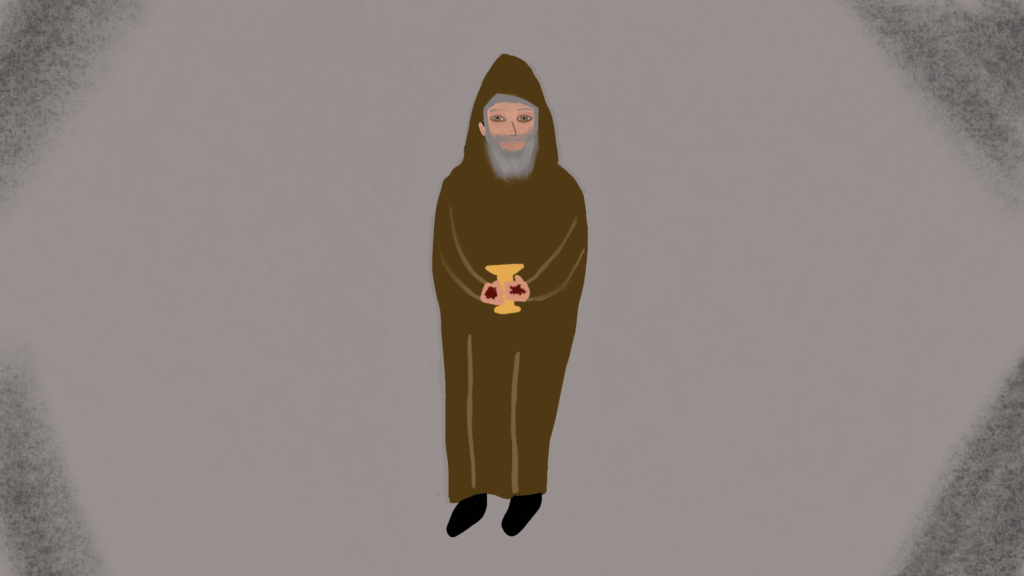
One such gift was the ability of bilocation, or the ability to be in two different places at the same time. When asked about it, Padre Pio acknowledged it had happened to him though he didn’t understand it.
One other gift was the ability to heal. Maybe the most famous story of his healing ability comes from Gemma de Giorgi, a Sicilian girl who was blind. Born without pupils, after visiting Padre Pio, the young girl’s blindness was cured.
It is said also Padre Pio had the ability to prophesize. In 1947, a 27-year priest would give his confession to Padre Pio. Pio would tell the man he would ascend to the highest seat in the land one day. That young man, better known as Pope John Paul II, would be appointed to the most powerful religious position in the world in 1978.
Religious Miracle: Our Lady of Light – read here
As his popularity grew due to his religious gifts, attention grew from the Chruch. At first, the Church attempted to limit his presence in public by preventing him from saying Mass, but once his community became outraged, they allowed him to. The Church would launch several investigations into Padre Pio’s religious gifts over the years with some believing and others not. This included two popes and the founder of Milan’s Catholic University of the Sacred Heart.
One priest, Agostino Gemelli, believed that Padre Pio was using chemicals on his skin. He believed that Pio learned about these during his tome as a soldier. It should be noted though that Padre Pio and Father Gemelli got off on the wrong foot as Padre Pio refused to meet with him in many of his initial requests.
One other piece of evidence skeptics point to is the case of Gemma Galgani. Many allege that Padre Pio copied his writings from Galgani, a stigmatic who came before Pio. Some of these appeared to be copied verbatim, and when asked about it Padre Pio couldn’t explain it. It should be noted that Padre Pio maintained his gift up until his death in 1968.
Magdalena de la Cruz was a Franciscan nun in 16th century Spain. De La Cruz claimed to have received the gift of stigmatism and was celebrated for year being honored as a living saint. However, on her death bed she would confess to faking the stigmata and other religious gifts.
Religious Miracle in Pennsylvania – read here
Today stigmata are viewed as a controversial subject. Skeptics view it as something difficult to verify because there haven’t been any confirmed modern cases in recent memory. Stigmatics from the past can’t be examined thoroughly as their bodies are surely decomposed. One other tricky factor is that the only way to truly verify someone would be to monitor them all day. This would ensure that they weren’t harming or self-bruising themself.
Despite his popularity while alive, Padre Pio remains a controversial figure today. Regardless the Church still recognizes him as a saint, not due to his religious gifts but because of his devoted service to God.
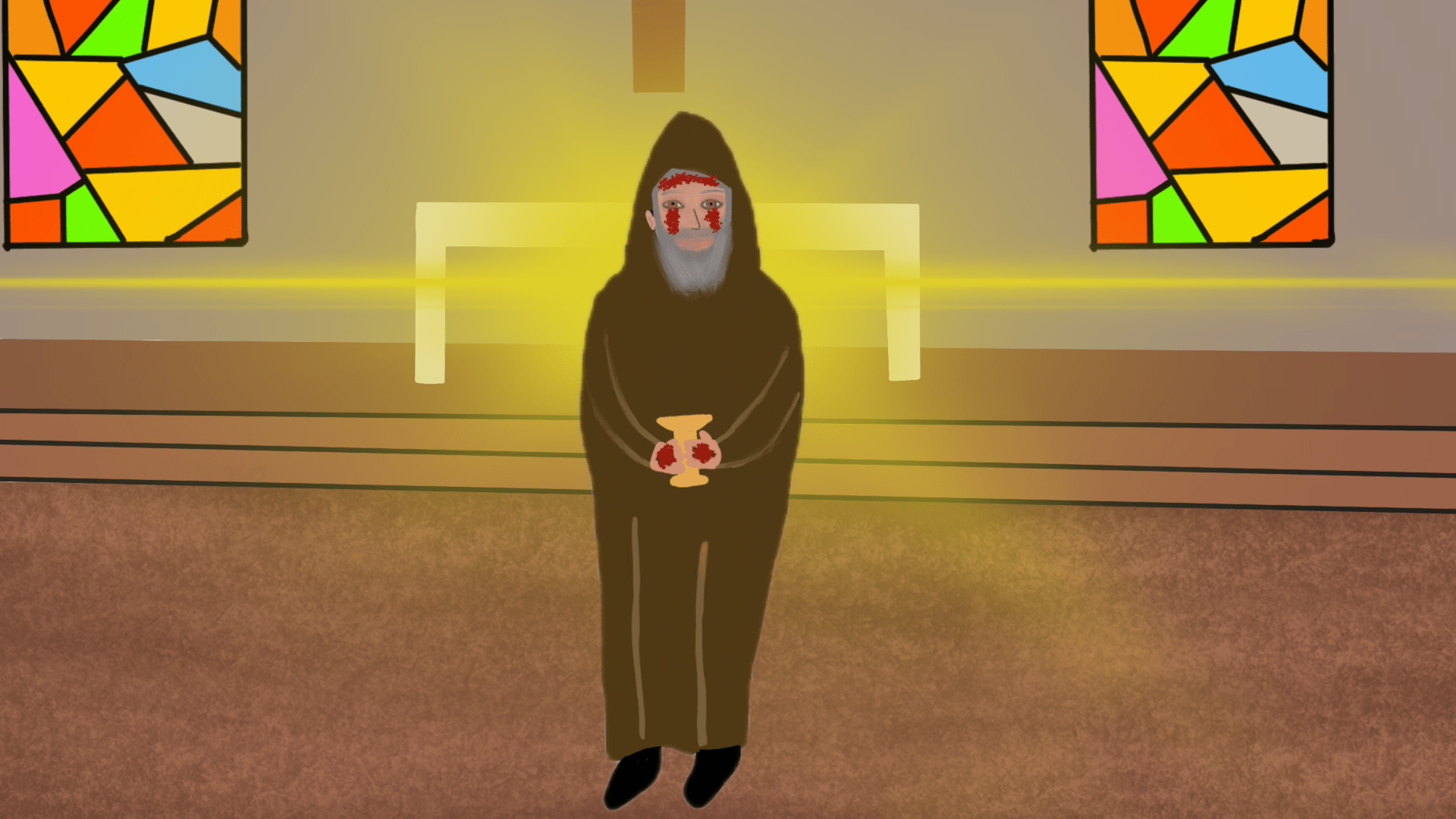
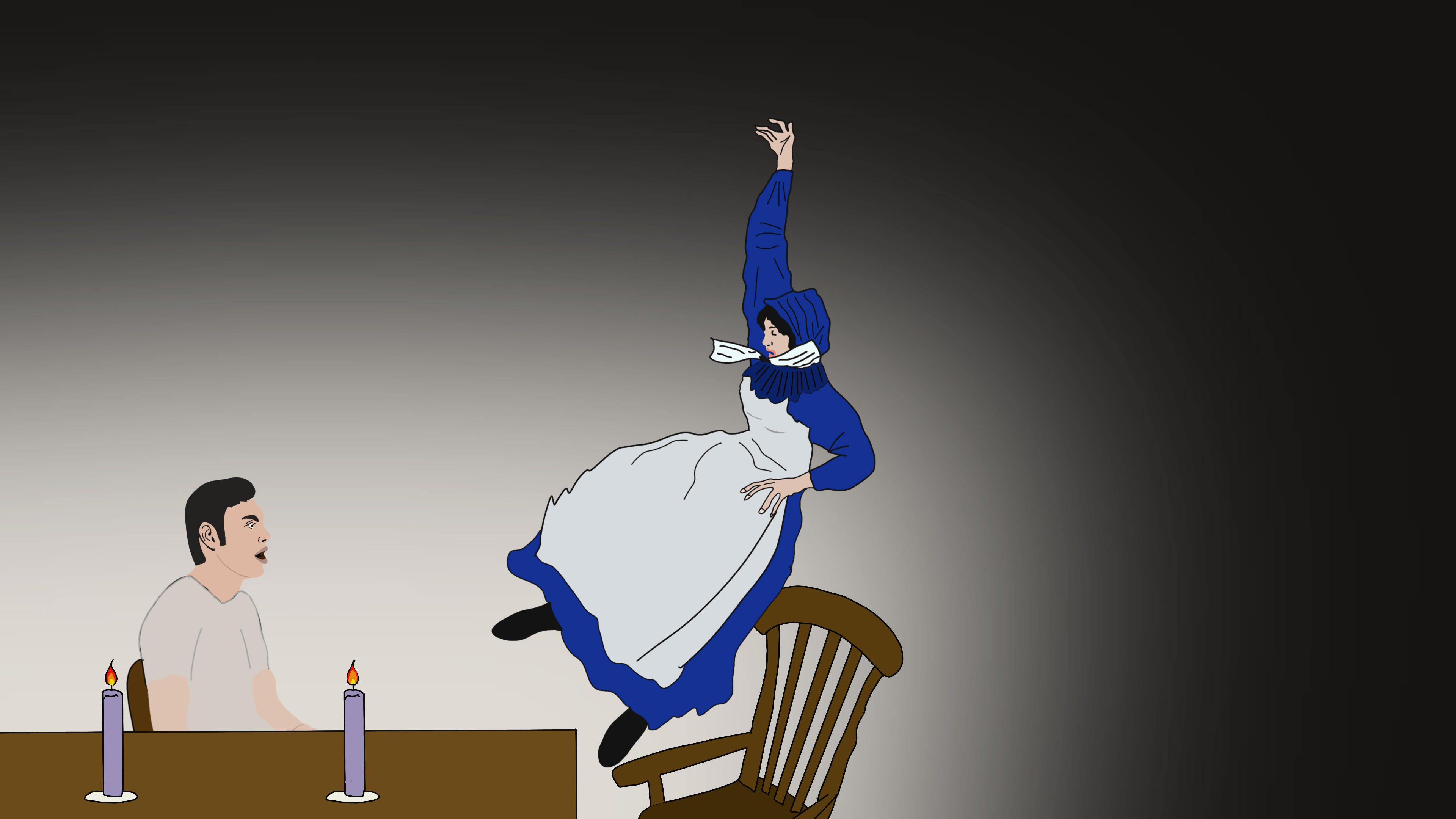
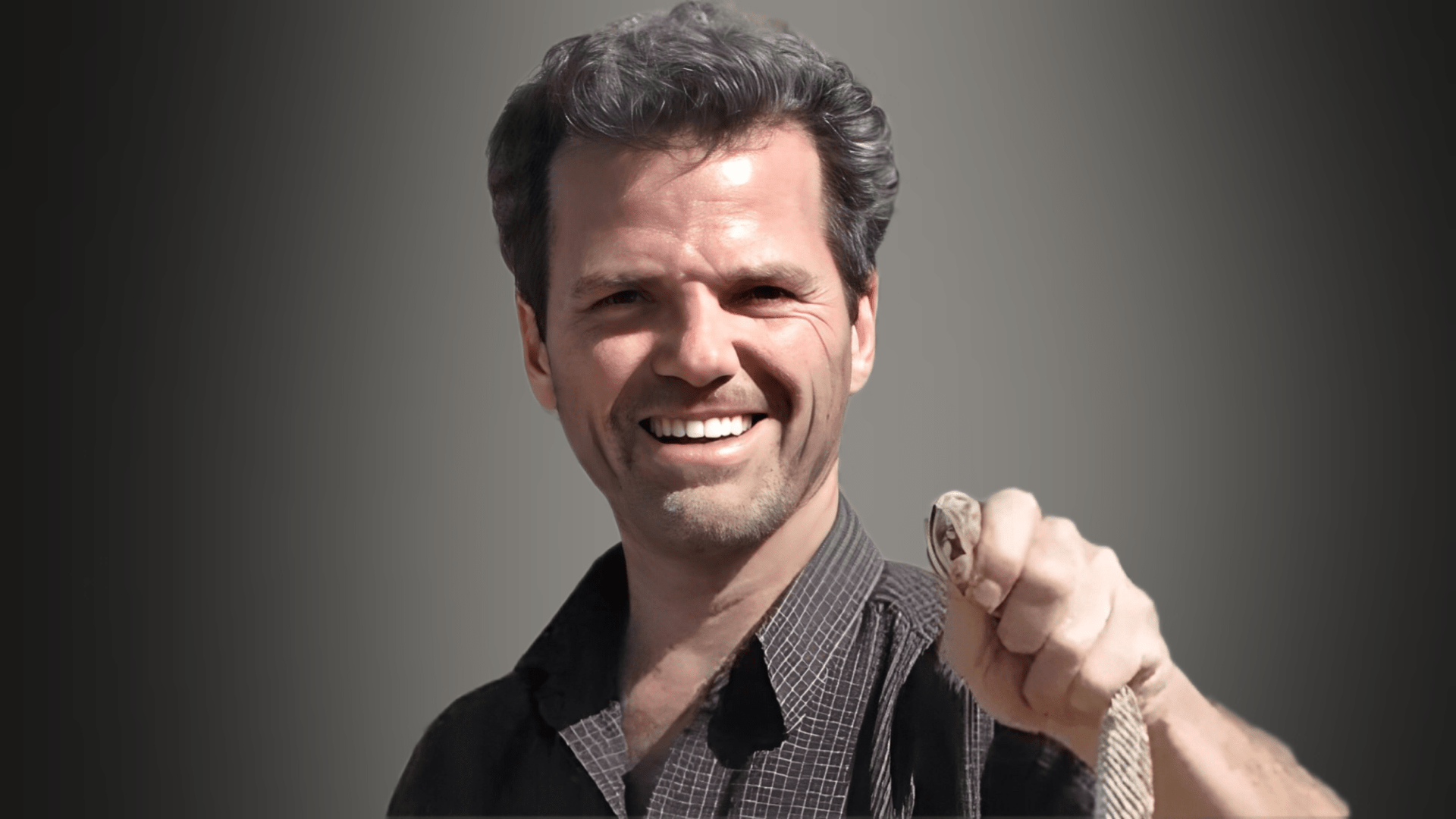

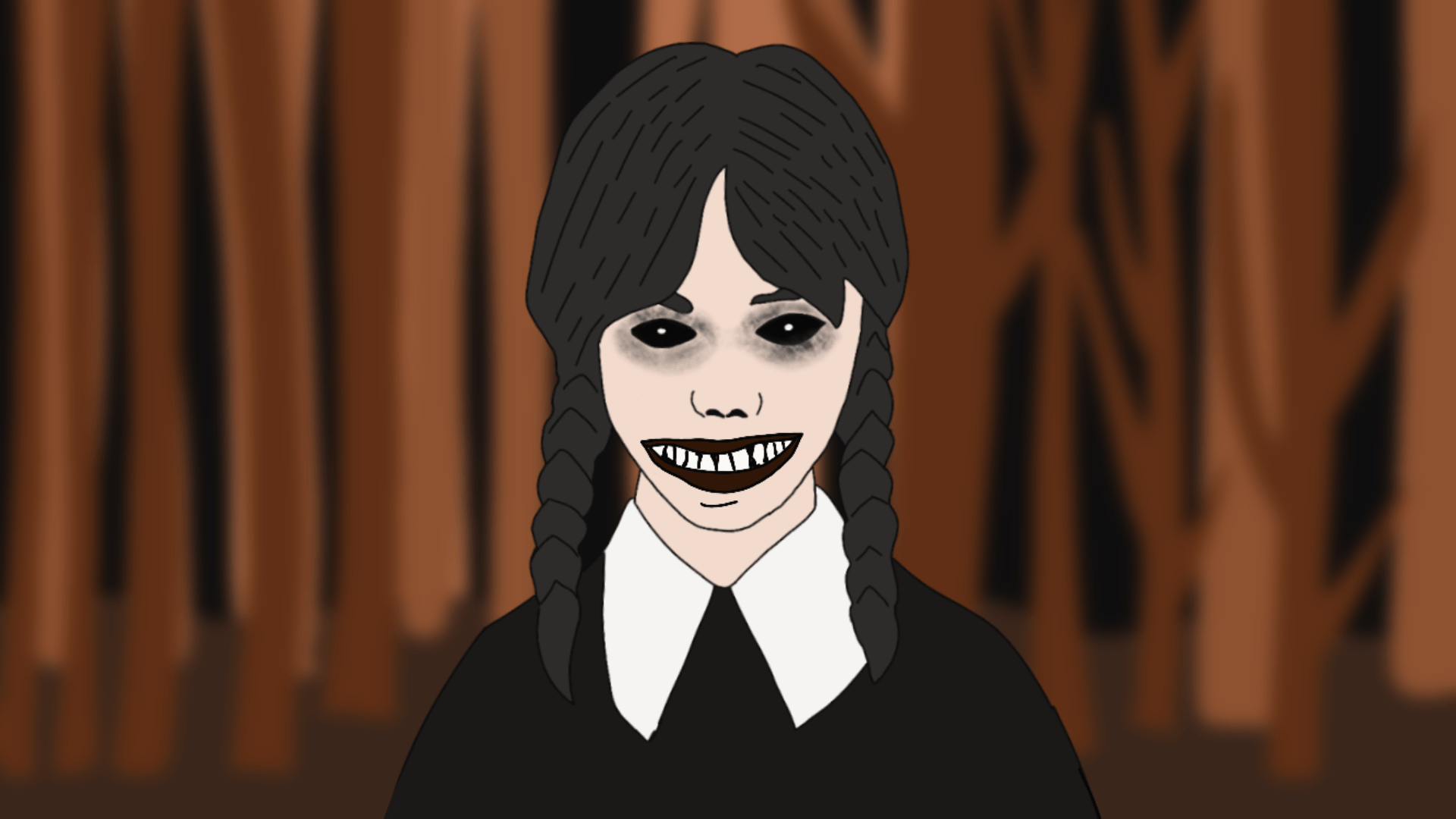
I like this site very much so much superb information.